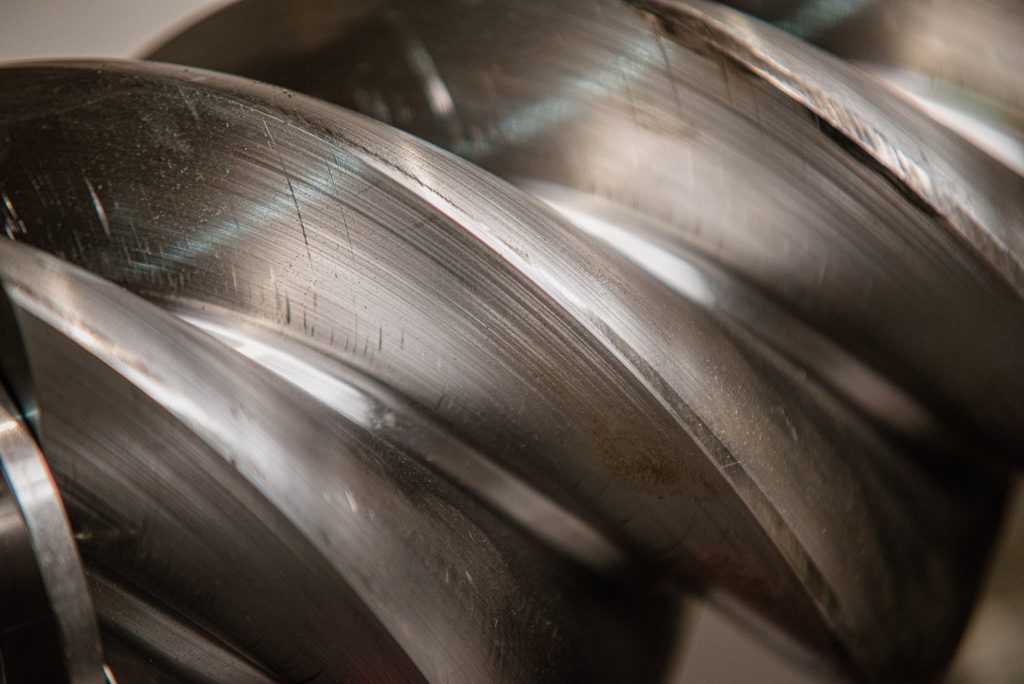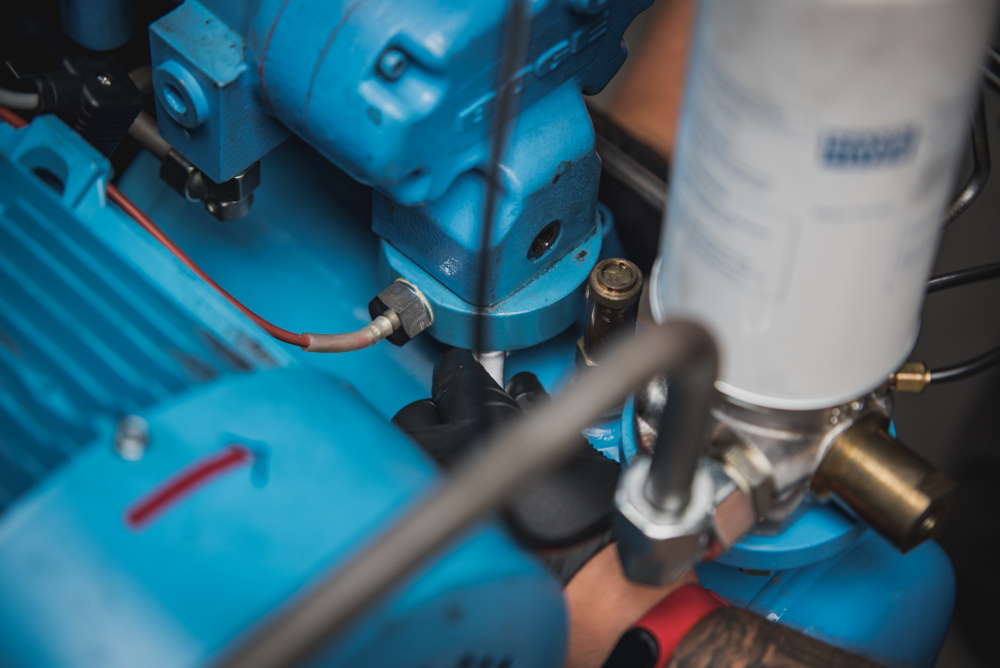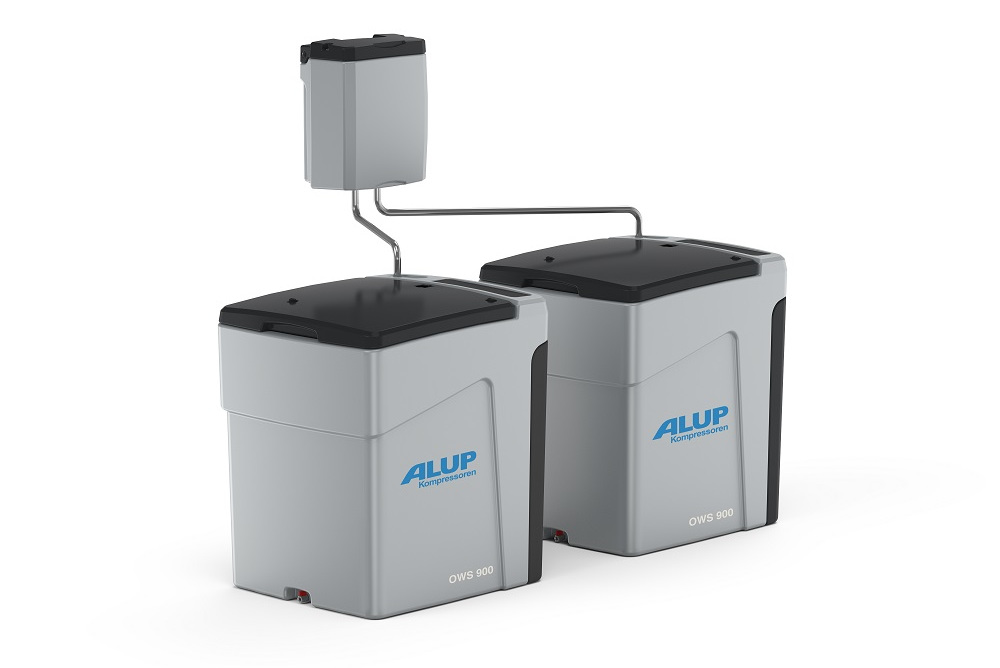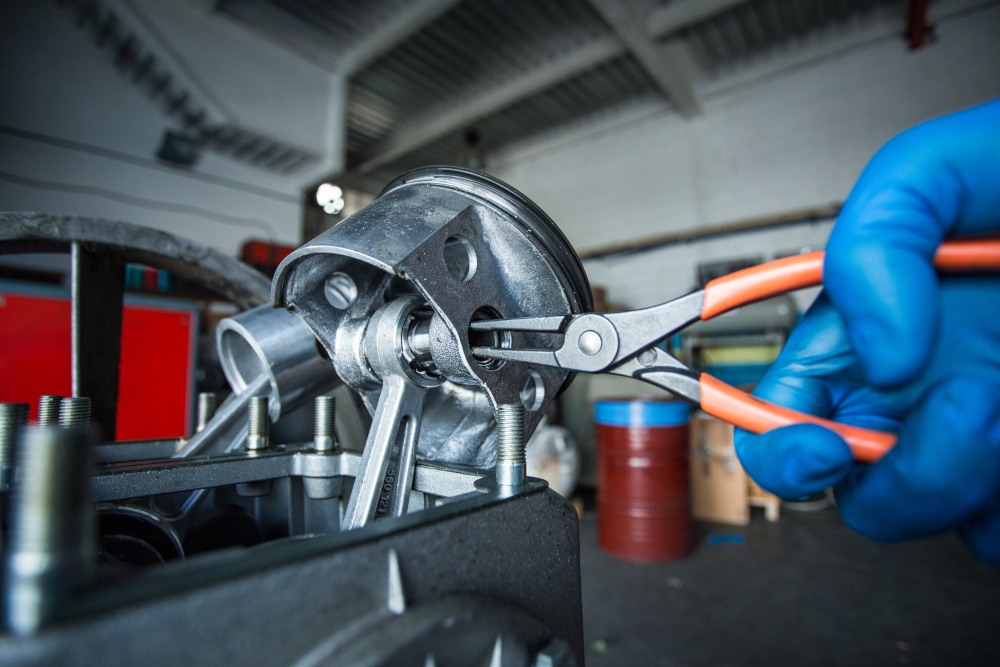Certainly everyone has encountered the concept of vacuum, although not everyone understands this concept. It is worth knowing that vacuum is not a term that is useless in everyday life and in industrial applications. People working with compressors and compressed air encounter the concept of vacuum on a daily basis. We explain what vacuum is and how it is used in pneumatic systems.
Basic information about vacuum
The word vacuum, from the English word vacuum, originally comes from the Latin word vacua. It means exactly "empty", so in simple terms, vacuum can be defined as a state of absolute emptiness devoid of any substances. But is it possible? Is it possible to find a vacuum state in nature without any particles? A very popular saying among naturalists and biologists is that nature abhors a vacuum. This is in fact because in the natural environment the phenomenon of completely empty space and perfect vacuum do not exist. So what is a vacuum then? A vacuum is a space in which some of the air and other gases have been removed from its specified volume. In other words, a vacuum is a space in which there are significantly fewer gas particles, atoms and molecules than in the atmosphere surrounding us. However, vacuum is understood slightly differently in technical language, and this is what we are interested in in the context of compressors and compressed air. In this case, the state of high dilution of the gas is called vacuum. This means that the gas reaches a pressure in a vacuum that is much lower than atmospheric pressure
How to measure vacuum?
To be able to measure vacuum, first of all you need to answer the question: in what units is the value of atmospheric pressure given? Atmospheric pressure in bars is given according to a similar principle to the value of compressed air pressure. Another troublesome issue may be the vacuum measurement itself. It is worth referring to the basic principles of chemistry, according to which molecules, especially gas molecules, are in constant motion. This, in turn, causes these particles to hit the walls of the tank in which they are located and exert pressure on its surface. On this basis, the pressure force per unit of tank surface, i.e. pressure, is measured. The measurement results can be expressed in absolute units or compared to atmospheric pressure. The same principle also applies to gas molecules suspended in a vacuum.
As we have already mentioned, various methods can be used to measure pressure in a vacuum, depending on the reference point we adopt. So we can get relative and absolute pressure. Pressure can be determined relative to the vacuum and the vacuum will be the 0 point. We are dealing here with absolute pressure, also called absolute pressure. You can also measure the pressure relative to the ambient pressure. Then, in turn, we talk about relative pressure, which distinguishes between excess pressure above atmospheric pressure and negative pressure below atmospheric pressure. In technical applications, measurements relative to atmospheric pressure are most often used. However, when converting, an online atmospheric pressure calculator may be very useful.
Application of vacuum
What can a state of complete emptiness, i.e. a vacuum, be useful for? It turns out that vacuum plays an important role in modern technology and industry. Vacuum is most widely used in the semiconductor production process and in mass spectroscopy. These cycles are impossible to complete under atmospheric pressure conditions. Hence the importance of vacuum. Moreover, the vacuum phenomenon is used in technological processes involving lifting, maintaining, rotating and transporting parts. Different applications also require different vacuum pressures. For example, low vacuum is useful in liquid degassing and packaging. Medium vacuum is used in the process of degassing steel, drying plastics, producing light bulbs and freeze-drying food products. High vacuum provides conditions suitable for melting or annealing metals and producing electron tubes. The special conditions provided by very high vacuum are necessary for metal sputtering, metallization and electron beam melting.













